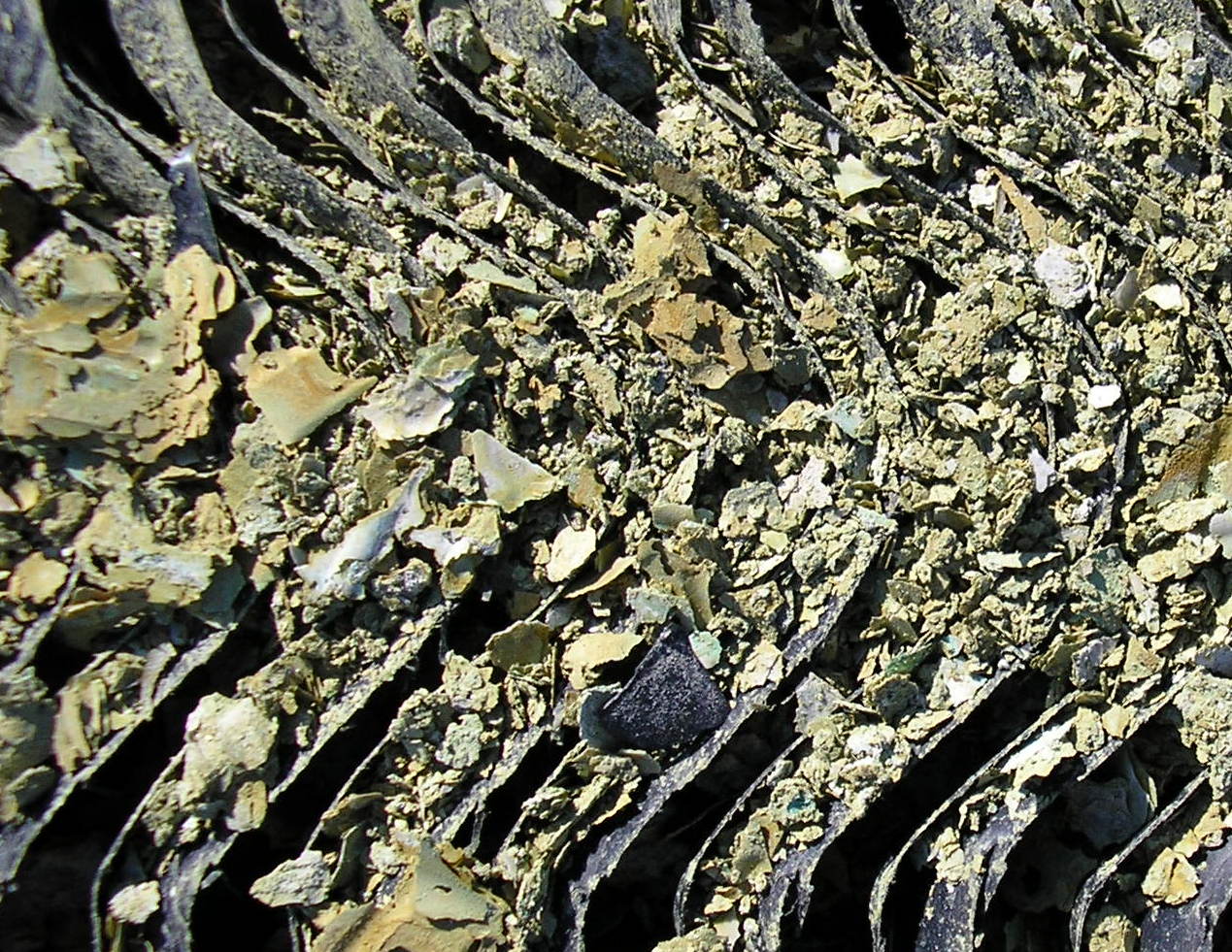4 Common Problems In A Cooling System & Their Effects
Good cooling system maintenance is good business, and good maintenance begins with a good water treatment program. Cooling system water quality and the treatment program directly affects the reliability, efficiency, and operating cost of any industrial or institutional cooling system.
Facilities must monitor and maintain control of four major water treatment issues—corrosion, scale, fouling, and microbial contamination—for optimal operational efficiency and system reliability. In return, they experience reduced equipment and operating costs for their cooling systems. This results in reduced unscheduled downtime caused by water related problems.
Begin maximizing operating performance and minimizing system stresses by selecting the appropriate chemical treatment program. Of the four primary water quality issues, no single problem stands out in importance since any one can lead to the other. Complicating matters, because water quality and chemistry vary by location, there is no single, universal treatment program. Instead, view choosing a chemical treatment program as a path towards a reliable and efficient cooling system that balances management of all four water quality issues.
The Path to Reliability
Regardless of the fact that there is not one universal treatment, the path to cooling system reliability is the same: the use of appropriate, effective water treatment methods. With an effective program in place, facilities can control those problems that lead to higher operating costs and unexpected expense.
Corrosion
Cooling systems present an ideal environment for the corrosion process to occur. For example, closed loop systems lose little water and are frequently ignored during maintenance, making them susceptible to corrosion. However, such neglect frequently leads to costly repairs and leaks from cooling systems potentially causing expensive damage to other locations and systems.

Scale
Heat exchange surfaces perform a cooling systems primary function, yet are responsible for driving scale production. Scale results when high temperatures reduce the solubility of certain species in the water, such as calcium, to form deposits on the heat exchange surfaces. When scale forms on a heat exchange surface, it acts as an insulator, reducing heat dispersal and tower efficiency. Energy consumption and costs will rise.
Fouling
This common problem is commonly caused by the three-Ds: dirt, dust, and debris, but can also be caused by other contaminants in the system such as migratory corrosion products or microbiological growth. Fouling can dramatically reduce system efficiency, driving up energy and operational costs.
Biological Contamination
A cooling systems warm water and rich supply of nutrients make an ideal environment for the growth of bacteria and other biological forms of growth. The true major issue is microbial growth leading to biological films, or biofilm, a nuisance capable of significant harm to system operations. With four to five times the insulating property of calcium carbonate scale, they can cause energy costs to skyrocket while promoting scale and corrosion.
Pay Now or Pay Later
In the most basic terms, prevention makes for a better investment than repair or replacement. By addressing common cooling systems issues as part of regular preventative maintenance, operators can avoid their potentially crippling effects including the shutdown of the processes those systems support. Good maintenance of cooling system water quality is good business.



